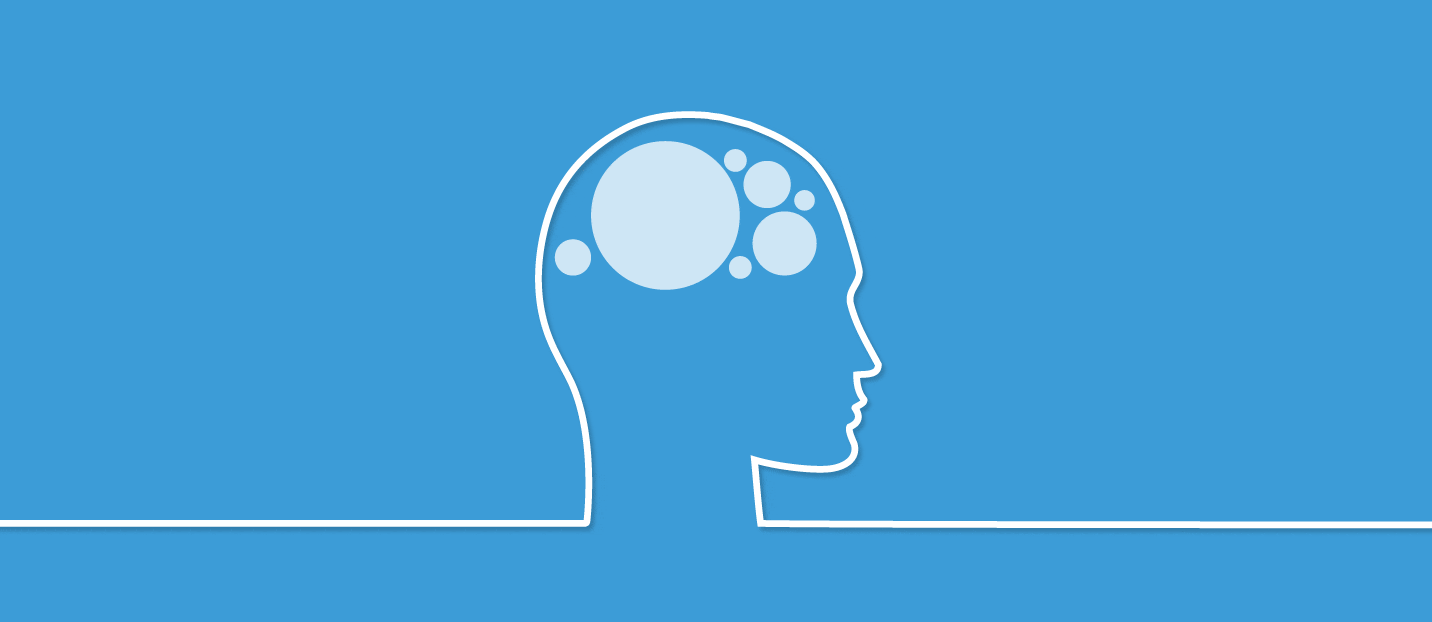Each day we unconsciously make decisions that can cause immediate results or long-term impacts at both a personal and professional level. These mental shortcuts – also known as biases – can present possible challenges or obstacles when it comes to making the best business decisions if not immediately addressed and thoroughly understood, as reported in a recent article published by the NeuroLeadership Institute (NLI).

Reduce your unconscious bias by learning more about the five largest types of bias:
- Similarity Bias
Similarity bias means that we often prefer things that are like us over things that are different than us. NeuroLeadership Institute recommends thinking about this bias when making decisions surrounding who to hire, who to promote, who to assign to projects and more. To overcome this bias, NeuroLeadership Institute suggests actively finding common ground with people and looking for ways to unite all qualities for the benefit of the organization. - Expedience Bias
Expedience Bias can often happen when we prefer to act quickly rather than take the needed time to receive clarity and understanding.
For example, expedience bias can occur during employee reviews by relying solely on one data point or recommendation. The Institute recommends prioritizing the time it takes to gather the appropriate information needed to make a succinct decision. - Experience Bias
Experience bias can occur when we forget that our truth is not always the only option. During a time of instant and constant collaboration, whether it’s email, text or web conference, it is vital to understand that each individual contributes their own value to a decision.
The Institute calls out the importance of integrating systems that allow others to check our thinking, share their perspectives and help us reframe the situation at hand. By prioritizing the input of others we are able to strengthen our service offering as a healthcare provider. - Distance Bias
Distance bias is the instinct to prioritize things that are nearby, such as physical space, time or other domains. This could appear when individuals look to the guidance of those currently present in a meeting, rather than those who are working remote.
Today’s environment has shifted many individuals into a remote work setting, where places like hospitals and rehabilitation units are often communicating with a patient’s family via virtual interface. It’s crucial to break down distance bias, especially in care settings. - Safety Bias
The Institute refers to safety bias as the human tendency to avoid loss, often causing a slowdown of decision making and avoidance of health risks. The Institute suggests that imagining a past self already having made a choice that feels risky can help weaken the perception of loss.
This is especially true in healthcare. By understanding the benefit of opportunities, such as investing in the latest technology as opposed to older, more traditional tools, a provider can begin to see greater patient outcomes even though the transition may seem risky.
By understanding that each of these biases holds opportunities as well as challenges, leaders and organizations can learn to balance each, in turn creating a positive and successful decision-making environment.
To read the full article from the NeuroLeadership Institute, click here.

